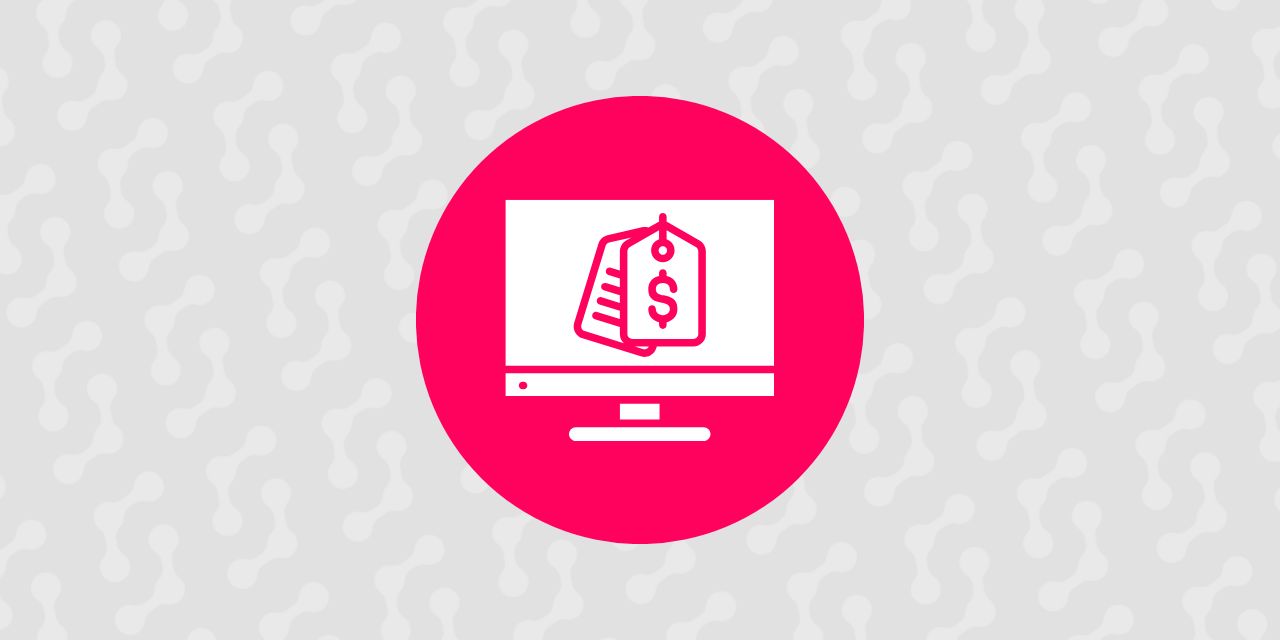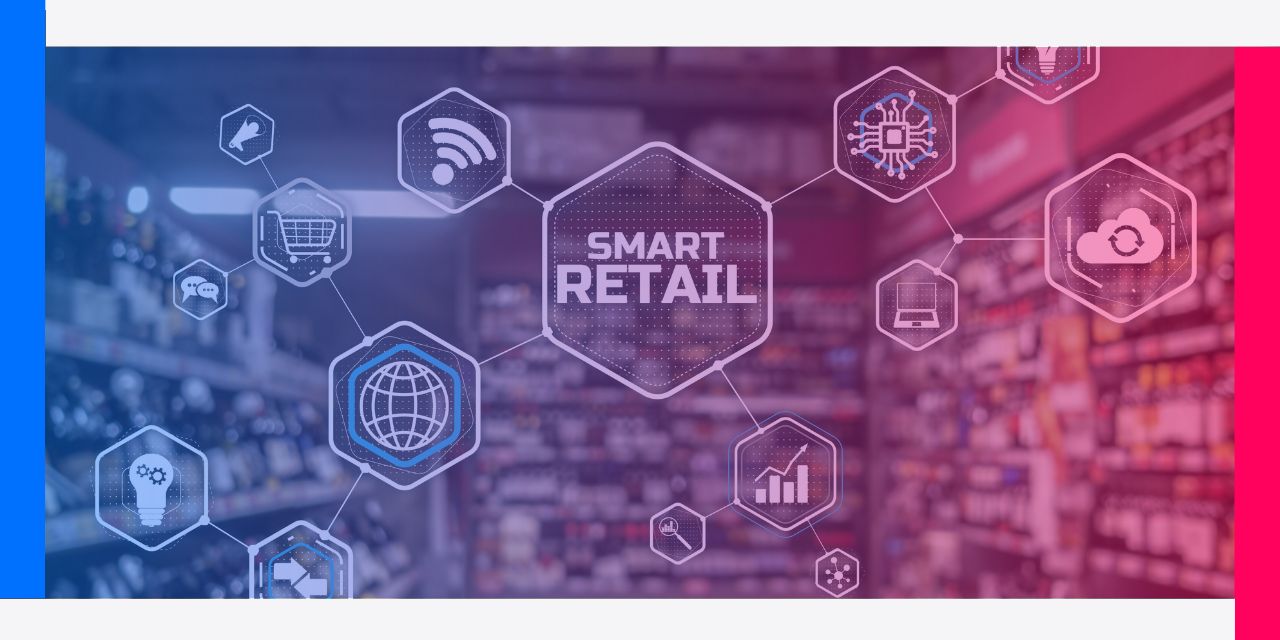
From Rule-Based to AI-Powered Pricing: The evolution of pricing in retail
02/21/2025 - Artificial Intelligence
One of the most significant game-changers brought by technological advances in the retail sector has to do with pricing. The explosion of technologies like artificial intelligence has put an end to traditional rule-based pricing, which turned a blind eye to the complexities and dynamism of today’s markets. Giants like Uber and Amazon, as well as small eCommerce companies, use advanced tools like Dynamic Pricing to implement AI-powered pricing strategies, to maximize revenue and customer satisfaction levels.
Do you want to know the differences between the leading smart pricing strategies, and how AI-powered pricing can help you achieve your sales goals? Read on.
What is Rule-Based Pricing?
Rule-based pricing is a traditional pricing technique. It relies on establishing predefined criteria to adjust prices according to specific market and competition conditions. This is widely used in sectors where rules govern price changes, for example: “If the competition increases their prices by 6%, we increase ours by 8%.”
Although rule-based pricing can be automated with pricing automation software, it cannot detect opportunities in real-time, or act instantly and accurately accordingly.
Advantages of Rule-Based Pricing:
- Simplicity: It is easy to understand and apply, making it easier for teams to adopt without the need for advanced technical expertise.
- Control: It allows managers to maintain direct control over the pricing strategy by establishing clear parameters and specific rules.
- Consistency: It ensures consistent pricing across all platforms and locations, avoiding discrepancies that may confuse customers.
- Predictability: It makes it easier to forecast revenue, as price changes are planned, not random.
- Rapid response: It makes it possible to quickly implement price changes in response to specific competitor actions.
Disadvantages of Rule-Based Pricing:
- Lack of flexibility: Preset rules can limit the ability to react to unexpected changes in the market.
- Outdated: Rules may become obsolete as the market evolves, if they are not frequently reviewed and updated.
- Inefficient in volatile markets: This method may not be dynamic enough in markets where demand and competitors change rapidly.
- Dependent on human supervision: Constant human intervention and supervision are required to adjust the rules and make sure they remain relevant.
- Constrains revenue maximization: It cannot determine the maximum price customers are willing to pay for a product.

What is AI-Powered Pricing?
AI-powered pricing is a tool that uses artificial intelligence to identify the optimal price and make increasingly accurate predictions for your pricing strategies. AI-powered pricing tools represent an important advance in pricing strategies. They use machine learning algorithms to analyze and react in real-time to market conditions.
This technology makes it possible to adapt dynamically and accurately, to adjust prices based on quality data, obtained from constant analysis of consumer behaviour, market fluctuations and competitor strategies.
Pros of AI-Powered Pricing:
- Complete automation: Minimizes the need for human intervention, allowing teams to focus on other strategic areas.
- Real-time optimization: It continuously adjusts prices in response to changes in demand and competition.
- Personalization: It can segment prices at very granular levels, offering prices adapted to the behaviour patterns of different customer segments.
- Revenue maximization: It uses advanced algorithms to identify and leverage pricing opportunities to maximize revenue.
- Scalability: It can handle large volumes of data and complexities across multiple markets and products.
Cons of AI-Powered Pricing:
- High tech requirements: Implementing AI systems requires advanced software that is costly, but has a fast payback.
- Risks of over-adjustment: AI can incorrectly set prices—too high or too low—if not properly programmed.
- Customer rejection: Customers may react negatively if they perceive that prices change too often or unpredictably.
AI-powered pricing is not just the next step on from rule-based pricing. It is a crucial must-have for modern retail, which seeks to remain competitive and maximize revenue.
In today’s commercial climate, marked by rapid and constant changes, a retailers’ ability to adapt prices in real-time using advanced algorithms gives them a significant advantage. Fortunately, tools such as Reactev’s AI-powered Dynamic Pricing Software simplify the transition to more sophisticated retail pricing strategies, allowing businesses to respond quickly to market dynamics—and anticipate them—to improve their revenue and customer satisfaction levels.
Category: Artificial Intelligence
